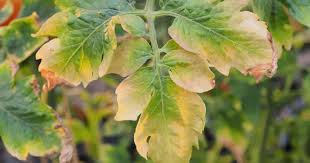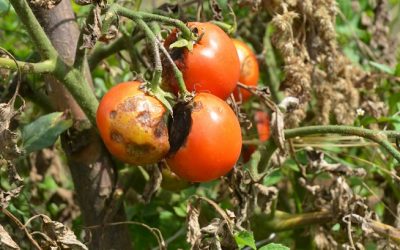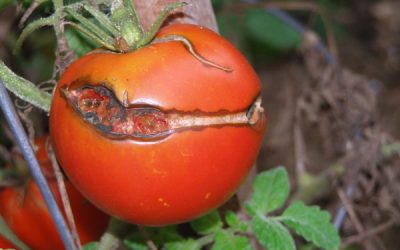Most common Tomato Nutrient Deficiencies

It is crucial to understand that a plant nutrient deficiency does not necessarily mean that the soil is depleted. Plant deficiencies occur as a result of various environmental or other factors that lead to the plant’s inability to absorb this specific nutrient. Thus, farmers should consider testing both soil and tissue before they take any corrective action. Only after receiving the results from the laboratory will producers be able to discuss with the agronomist about the solution to the problem.
N-Deficiency
Tomato plants with N deficiency express their problem with symptoms such as discoloration of older leaves. We start to observe yellow leaves at this part of the foliage soon after the deficiency has begun. A few days later, the entire plant turns light green and often has reduced development. The reasons for such a deficiency may be various, such as increased potassium or phosphorus levels or excess soil humidity levels.
K-Deficiency
The symptoms of potassium deficiency appear most of the time with characteristic interveinal chlorosis. Older foliage may wilt and turn brown and scorched. Some of the K-deficiency reasons are higher than normal organic matter content, increased Magnesium or Calcium levels, prolonged drought, low pH levels, increased EC levels or low temperatures.
Ca-Deficiency
The most commonly recognized symptom caused by Ca- deficiency is blossom end rot. By this, we refer to a flat brown area at the fruit blossom end, that may appear at any fruit development stage. The commercial value of the fruits decreases rapidly in this case. Blossom end rot is an ideal environment for secondary fungal infections. Some of the Ca-deficiency causes include extended applications of Nitrogen fertilizers, root injuries that make it difficult for the plant to absorb Calcium, rapid fluctuations of soil water levels, too much Potassium, Magnesium or Sodium, low pH levels, or heavy rainfalls during a short period.


